|
Mikio Kariyama
is a Japanese professional shogi player ranked 4-dan. Early life and apprenticeship Mikio Kariyama was born in Kurashiki on November 12, 2001. He learned how to play shogi from his father, and was accepted into the Japan Shogi Association's (JSA) apprentice school at the rank of 6-kyū under the tutelage of shogi professional Keita Inoue in September 2014. Kariyama was promoted to the rank of apprentice professional 3-dan in 2019. He obtained full professional status and the corresponding rank of 4-dan in September 2021 after tying for first with Tomoki Yokoyama in the 69th 3-dan League (April 2021September 2021) with a record of 13 wins and 5 losses. Shogi Professional Promotion history The promotion history for Kariyama is as follows. * 6-kyū is a Japanese term used in modern martial arts as well as in tea ceremony, flower arranging, Go, shogi, academic tests and other similar activities to designate various grades, levels or degrees of proficiency or experien ... [...More Info...] [...Related Items...] OR: [Wikipedia] [Google] [Baidu] |
Kurashiki
is a historic Cities of Japan, city located in western Okayama Prefecture, Japan, sitting on the Takahashi River, on the coast of the Seto Inland Sea, Inland Sea. As of March 31, 2017, the city has an estimated population of 483,576 and a population density of 1,400 persons per km². The total area is 355.63 km². History The modern city of Kurashiki was founded on April 1, 1928. Previously, it was the site of clashes between the Taira and Minamoto clans during the Heian period. It gradually developed as a river port. During the Edo period, it became an area directly controlled by the shogunate. Distinctive white-walled, black-tiled warehouses were built to store goods. During the Meiji Restoration (Japan's Industrial Revolution period), factories were built, including the Ohara Spinning Mill, which still stands as the nostalgic tourist attraction Ivy Square. On August 1, 2005, the town of Mabi, Okayama, Mabi (from Kibi District, Okayama, Kibi District), and the town of Fun ... [...More Info...] [...Related Items...] OR: [Wikipedia] [Google] [Baidu] |
Keita Inoue
is a Japanese professional shogi player, ranked 9- dan. He is currently serving as an executive director of the Japan Shogi Association. Early life Keita Inoue was born on January 17, 1964, in Ashiya, Hyōgo. In October 1979, he entered the Japan Shogi Association's apprentice school at the rank of 6-kyū under the sponsorship of shogi professional . He was promoted to 1-dan in 1981, and obtained full professional status and the rank of 4-dan in February 1983. Shogi professional Inoue's first tournament victory as a professional came in October 1985 when he defeated Taku Morishita 2 games to 1 to win the 16th tournament. The following year, he also won the 9th tournament. On October 28, 2008, Inoue defeated Kunio Naitō in an Ōi tournament preliminary round game to become the 37th professional to win 600 official games. On March 28, 2018, Inoue defeated Sōta Fujii in a third round preliminary round game for the 68th Ōshō Tournament. The game was broadcast live by the ... [...More Info...] [...Related Items...] OR: [Wikipedia] [Google] [Baidu] |
Dan (rank)
The ranking system is used by many Japanese, Okinawan, Korean, and other martial art organizations to indicate the level of a person's ability within a given system. Used as a ranking system to quantify skill level in a specific domain, it was originally used at a Go school during the Edo period. It is now also used in most modern Japanese fine and martial arts. Martial arts writer Takao Nakaya claims that this dan system was first applied to martial arts in Japan by Kanō Jigorō (1860–1938), the founder of judo, in 1883, and later introduced to other East Asian countries. In the modern Japanese martial arts, holders of dan ranks often wear a black belt; those of higher rank may also wear either red-and-white or red belts depending on the style. Dan ranks are also given for strategic board games such as Go, Japanese chess (''shōgi''), and renju, as well as for other arts such as the tea ceremony (''sadō'' or ''chadō''), flower arrangement ('' ikebana''), Japanese ca ... [...More Info...] [...Related Items...] OR: [Wikipedia] [Google] [Baidu] |
Professional Shogi Player
A professional shogi player (将棋棋士 ''shōgi kishi'' or プロ棋士 ''puro kishi'' "professional player") is a shogi player who is usually a member of a professional guild of shogi players. There are two categories of professional players: regular professional and women's professional. All regular professional shogi players are members of the Japan Shogi Association (JSA). However, only regular professional players, who are all male, are considered to be full-fledged members. Women's professional players belong to groups distinct from regular professional players. In Japanese, the term 棋士 ''kishi'' only refers to regular professional players to the exclusion of women's professionals, who are termed 女流棋士 ''joryū kishi.'' History During the Edo period (1603-1868), shogi followed an iemoto system centered around three families (schools): the , the and the . Titles such as Meijin were hereditary and could only be held by members of these three families. Thes ... [...More Info...] [...Related Items...] OR: [Wikipedia] [Google] [Baidu] |
Dan (rank)
The ranking system is used by many Japanese, Okinawan, Korean, and other martial art organizations to indicate the level of a person's ability within a given system. Used as a ranking system to quantify skill level in a specific domain, it was originally used at a Go school during the Edo period. It is now also used in most modern Japanese fine and martial arts. Martial arts writer Takao Nakaya claims that this dan system was first applied to martial arts in Japan by Kanō Jigorō (1860–1938), the founder of judo, in 1883, and later introduced to other East Asian countries. In the modern Japanese martial arts, holders of dan ranks often wear a black belt; those of higher rank may also wear either red-and-white or red belts depending on the style. Dan ranks are also given for strategic board games such as Go, Japanese chess (''shōgi''), and renju, as well as for other arts such as the tea ceremony (''sadō'' or ''chadō''), flower arrangement ('' ikebana''), Japanese ca ... [...More Info...] [...Related Items...] OR: [Wikipedia] [Google] [Baidu] |
Japan Shogi Association
The , or JSA, is the primary organizing body for professional shogi in Japan. The JSA sets the professional calendar, negotiates sponsorship and media promotion deals, helps organize tournaments and title matches, publishes shogi-related materials, supervises and trains apprentice professionals as well as many other activities. History For much of its early history, shogi followed an iemoto system centered around three families (schools): the , the and the . The Meijin title was hereditary and could only be held by members of these three families. These three schools were supported by the Tokugawa shogunate and thus controlled the professional shogi world up until 1868 when the Meiji Restoration began. By the time , the eighth and last head of the Itō school and the 11th Hereditary Meijin, had died in 1893, the influence of the families had decreased to such an extent that they had no real power at all. In 1921, there were three groups of professional players in the Tokyo ... [...More Info...] [...Related Items...] OR: [Wikipedia] [Google] [Baidu] |
Sports Hochi
, previously known as , is a Japanese-language daily sports newspaper. In 2002, it had a circulation of a million copies a day. It is an affiliate newspaper of ''Yomiuri Shimbun''. Reports 19 September 1939: SS Scharnhorst The Hochi Shimbun newspaper was mentioned in an article in The Singapore Free Press and Mercantile Advertiser on September 20, 1939 concerning the conversion of the SS Scharnhorst into the escort carrier Shin'yō by the Imperial Japanese Navy. See also *Hochi Film Award The are film-specific prizes awarded by the '' Hochi Shimbun''. Categories *Best Picture *Best International Picture *Best Animated Picture (since 2017) *Best Actor *Best Actress *Best Supporting Actor *Best Supporting Actress *Best New Artist ... * Golden Spirit Award References External links * Daily newspapers published in Japan Sports newspapers published in Japan {{sports-stub ... [...More Info...] [...Related Items...] OR: [Wikipedia] [Google] [Baidu] |
Shogi
, also known as Japanese chess, is a strategy board game for two players. It is one of the most popular board games in Japan and is in the same family of games as Western chess, '' chaturanga, Xiangqi'', Indian chess, and '' janggi''. ''Shōgi'' means general's (''shō'' ) board game (''gi'' ). Western chess is sometimes called (''Seiyō Shōgi'' ) in Japan. Shogi was the earliest chess-related historical game to allow captured pieces to be returned to the board by the capturing player. This drop rule is speculated to have been invented in the 15th century and possibly connected to the practice of 15th century mercenaries switching loyalties when captured instead of being killed. The earliest predecessor of the game, chaturanga, originated in India in the sixth century, and the game was likely transmitted to Japan via China or Korea sometime after the Nara period."Shogi". ''Encyclopædia Britannica''. 2002. Shogi in its present form was played as early as the 16th century, ... [...More Info...] [...Related Items...] OR: [Wikipedia] [Google] [Baidu] |
Professional Shogi Player
A professional shogi player (将棋棋士 ''shōgi kishi'' or プロ棋士 ''puro kishi'' "professional player") is a shogi player who is usually a member of a professional guild of shogi players. There are two categories of professional players: regular professional and women's professional. All regular professional shogi players are members of the Japan Shogi Association (JSA). However, only regular professional players, who are all male, are considered to be full-fledged members. Women's professional players belong to groups distinct from regular professional players. In Japanese, the term 棋士 ''kishi'' only refers to regular professional players to the exclusion of women's professionals, who are termed 女流棋士 ''joryū kishi.'' History During the Edo period (1603-1868), shogi followed an iemoto system centered around three families (schools): the , the and the . Titles such as Meijin were hereditary and could only be held by members of these three families. Thes ... [...More Info...] [...Related Items...] OR: [Wikipedia] [Google] [Baidu] |
Tomoki Yokoyama
is a Japanese professional shogi player ranked 4-dan. Early life and education Tomoki Yokoyama was born in Kakogawa, Hyōgo on January 26, 2000. He learned how to play shogi from his father, and was accepted into the Japan Shogi Association's (JSA) apprentice school at the rank of 6-kyū under the tutelage of shogi professional Keita Inoue in September 2012. Yokoyma was promoted to the rank of apprentice professional 1-dan in 2014, and apprentice profssional 3-dan in 2017. He obtained full professional status and the corresponding rank of 4-dan in September 2021 after tying for first with Mikio Kariyama in the 69th 3-dan League (April 2021September 2021) with a record of 13 wins and 5 losses. Yokoyama is currently a fourth-year student in the Faculty of Law of Konan University. He is the first student from the school to become a professional shogi player. Promotion history The promotion history for Yokoyama is as follows. *6-kyū is a Japanese term used in modern ... [...More Info...] [...Related Items...] OR: [Wikipedia] [Google] [Baidu] |
Sankei Shimbun
The (short for ) is a daily newspaper in Japan published by the It has the seventh-highest circulation for regional newspapers in Japan. Among Japanese newspapers, the circulation is second only to ''Yomiuri Shimbun'', Seikyo Shimbun, ''Asahi Shimbun'', '' Chunichi Shimbun'', ''Mainichi Shimbun'', ''the Nikkei'', Nikkan Gendai, and Tokyo Sports. This newspaper is not actually a national newspaper, but a block newspaper whose publishing area is Kansai and Kanto. However, it was classified as a "national newspaper" by the reverse course policy of the business world ( Keidanren). Corporate profile The ''Sankei Shimbun'' is part of the Fujisankei Communications Group and is 40% owned by Fuji Media Holdings. The company is also the owner of Osaka Broadcasting Corporation (OBC, Radio Osaka). History The ''Sankei Shimbun'' was created by the merger of two older newspapers: ''Jiji News'' and ''Nihon Kogyō Shimbun''. ''Jiji News'' was founded in 1882 by author, translator, ... [...More Info...] [...Related Items...] OR: [Wikipedia] [Google] [Baidu] |
Professional Shogi Players
A professional shogi player (将棋棋士 ''shōgi kishi'' or プロ棋士 ''puro kishi'' "professional player") is a shogi player who is usually a member of a professional guild of shogi players. There are two categories of professional players: regular professional and women's professional. All regular professional shogi players are members of the Japan Shogi Association (JSA). However, only regular professional players, who are all male, are considered to be full-fledged members. Women's professional players belong to groups distinct from regular professional players. In Japanese, the term 棋士 ''kishi'' only refers to regular professional players to the exclusion of women's professionals, who are termed 女流棋士 ''joryū kishi.'' History During the Edo period (1603-1868), shogi followed an iemoto system centered around three families (schools): the , the and the . Titles such as Meijin were hereditary and could only be held by members of these three families. Thes ... [...More Info...] [...Related Items...] OR: [Wikipedia] [Google] [Baidu] |
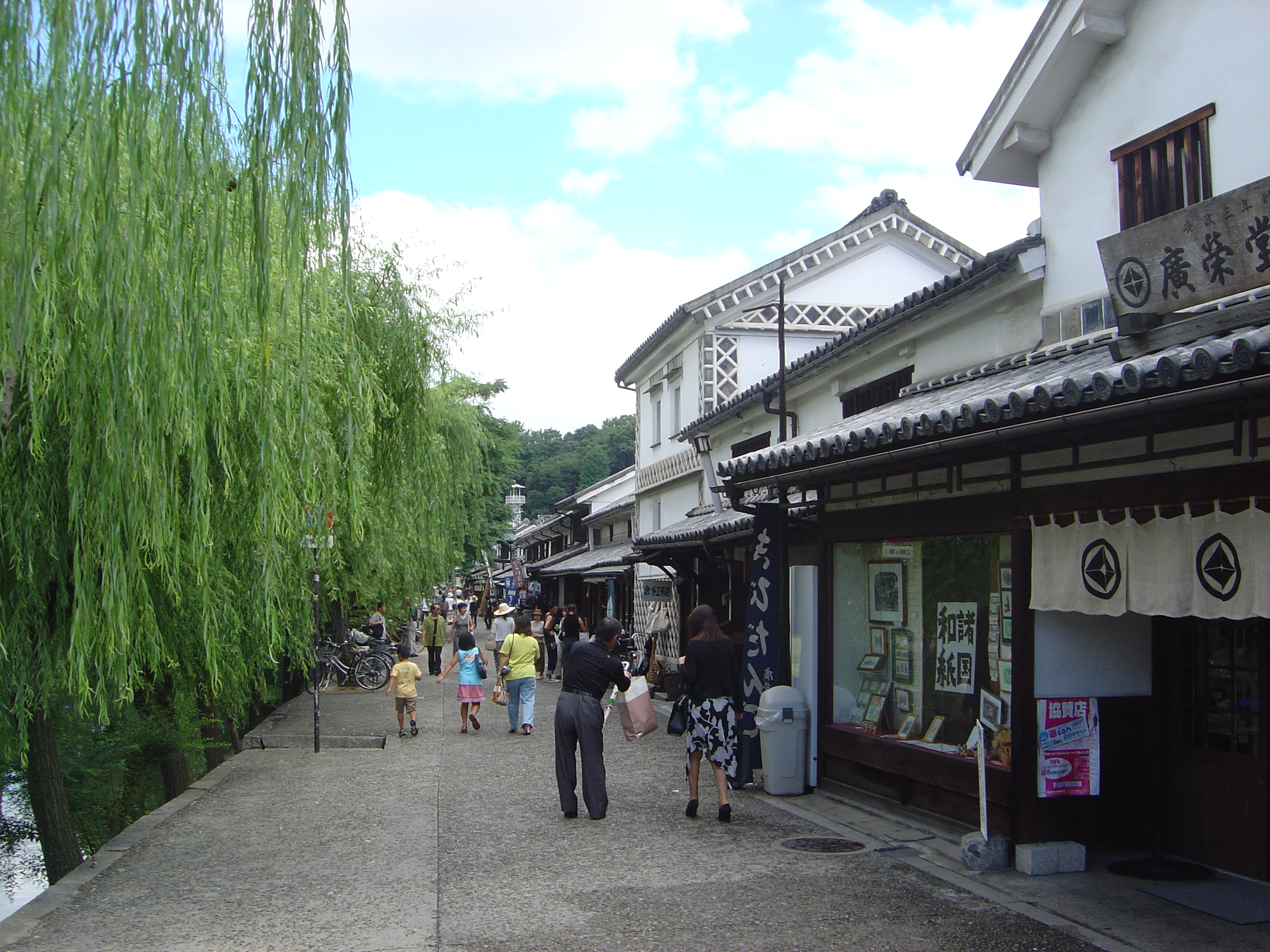
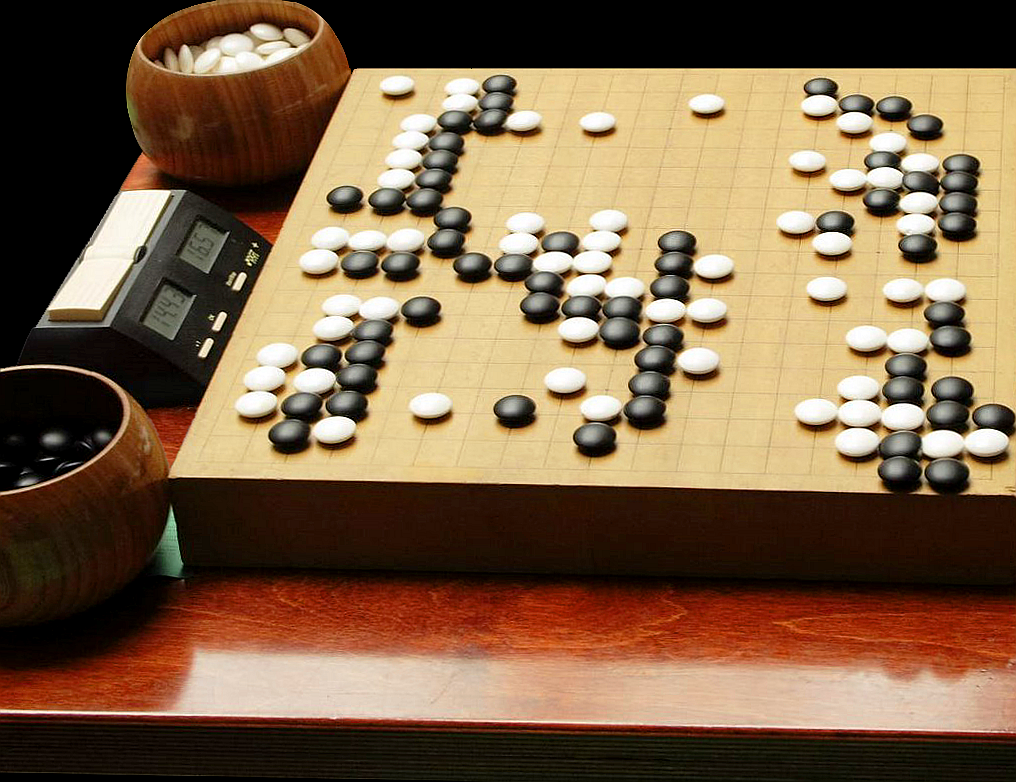


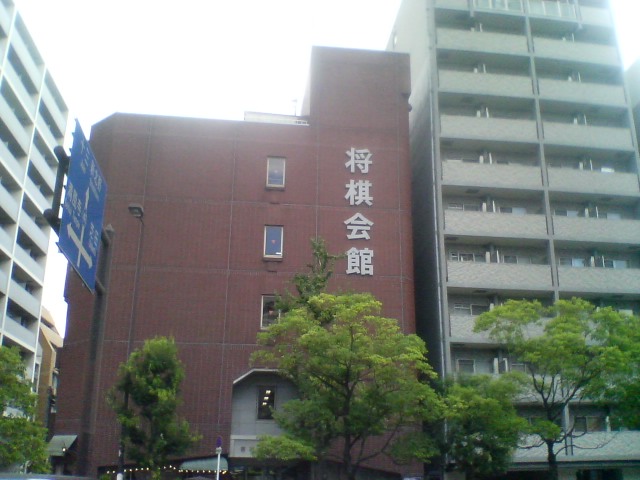
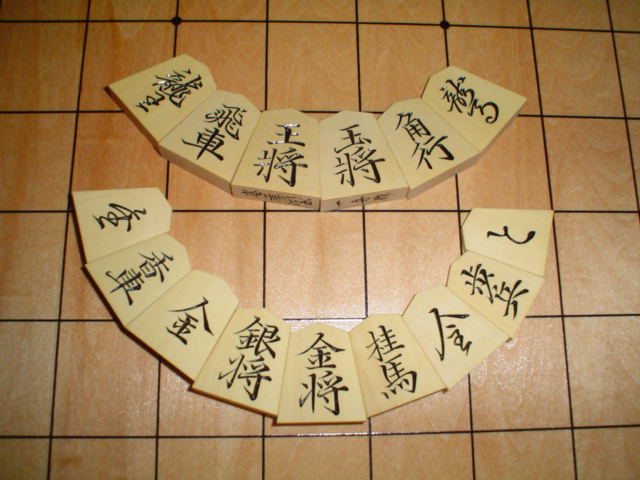

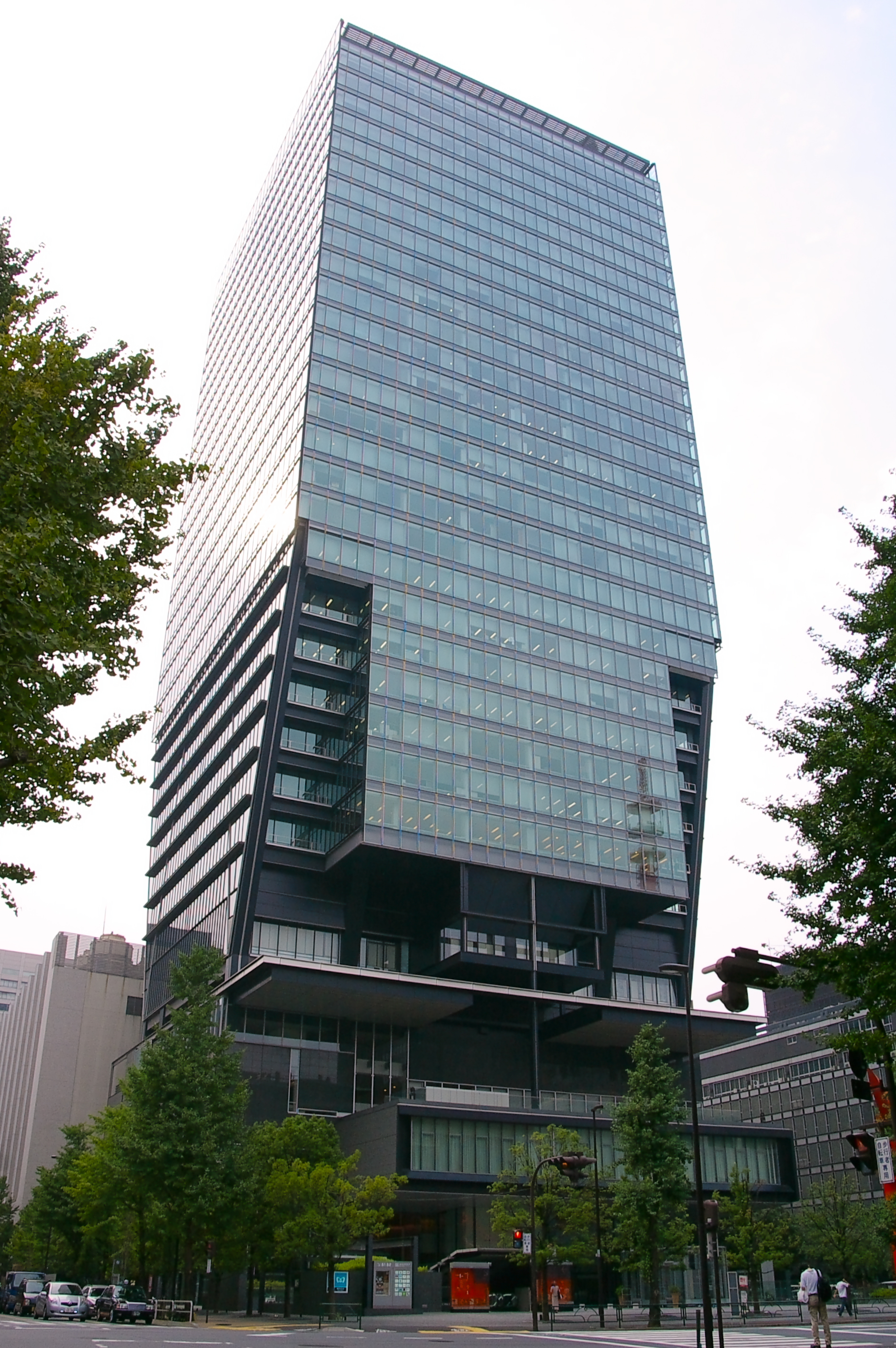
_Sae_Ito(right).jpg)